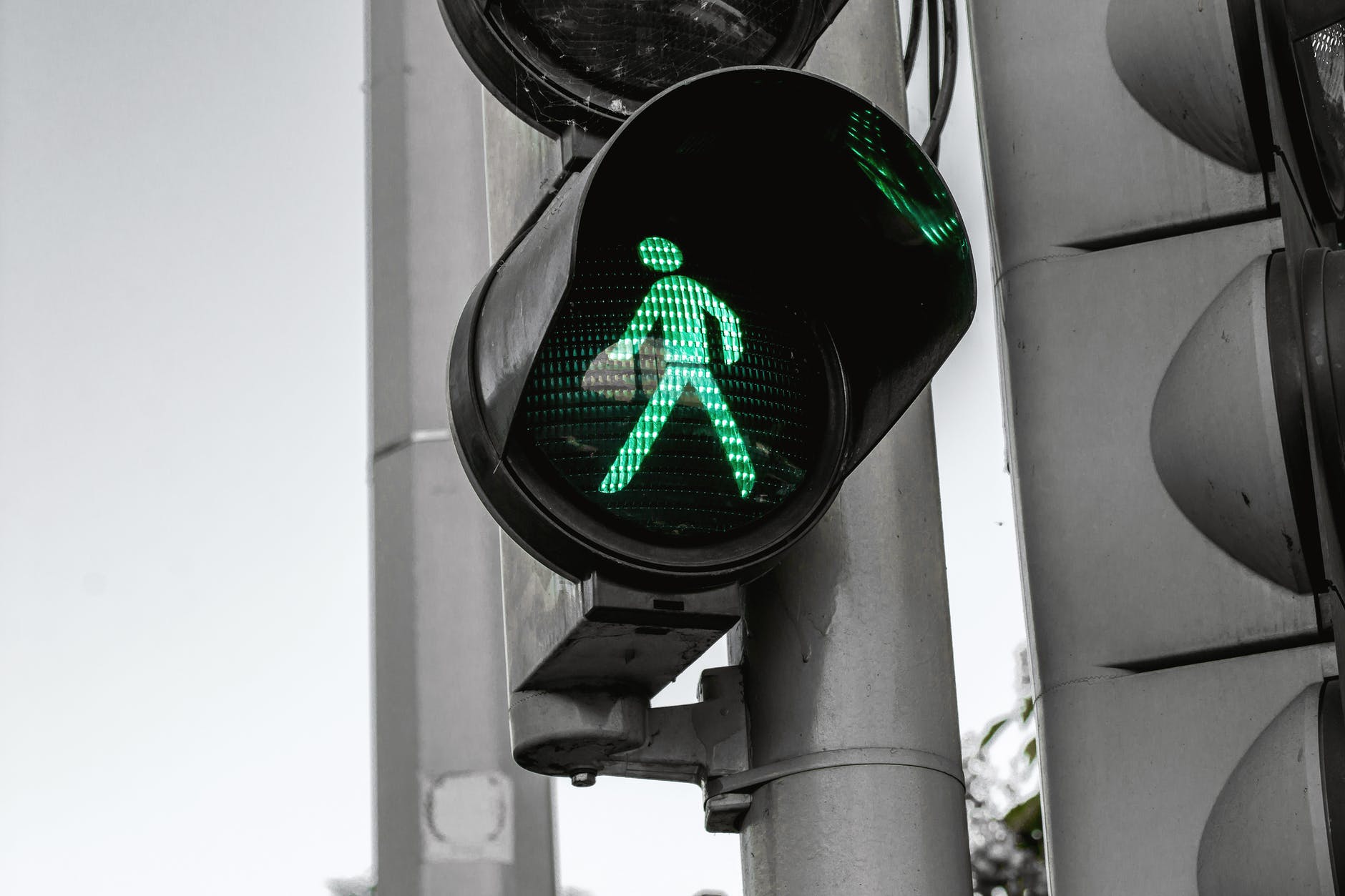
Do you get nervous before giving a presentation? Learn this breathing technique that will boost your confidence every time you speak!
Are you preparing yourself in the right way when it comes to delivering an important speech or presentation? I have a saying I sometimes share with my speech coaching clients: "The performance is not the time."
What that means is, you can't summon up a level of command and performance skills during the first few seconds when you face your audience. It takes training, usually over a considerable period of time to get there. If you don't know (and use by habit) the techniques of solid stage performance, you won't be able to make them appear on the spur of the moment. That's especially true when that moment consists of the hot spotlight of public performance.
Are you a dynamic or a nervous speaker? Learn easy techniques to become more focused and effective! Get my free cheat sheet, "How to Calm Your Nerves Before Speaking."
The key to your ability to focus fully on the present moment, and to demonstrate effective stage presence, involves developing these skills beforehand. Yet there's a third, even more basic area of skills development which should precede those two to boost both your confidence and abilities. It has to do with learning how to breathe for public speaking.

Public Speaking Isn't Dangerous . . . Did You Know?
There are differences between breathing for life ("vegetative breathing") and breathing for speech ("active or controlled breathing"). Some of these have to do with producing a strong and resonant voice. Others concern helping calm your nerves while activating your parasympathetic nervous system.
Working in both of these areas in terms of voice and speech improvement will increase your confidence. What I'd like to discuss here are the second set of techniques: the ways you can use breathing to make you a more controlled, relaxed, and "centered" speaker.
It's important work because of the fear and anxiety—and sheer nervousness and self-consciousness—that often accompanies public speaking. All of that happens because our mind perceives danger, and our bodies react instantly and instinctively. That's the freeze-fight-or-flight syndrome that kicks in. Most often, it brings with it emotional turmoil and a high state of physical activation due to powerful stress hormones. It's all an inappropriate evolutionary response, of course, because in this instance there is no real danger.
Telling yourself that at the moment of exposure and even panic, though, isn't going to do you much good. The smart way to get ready for such moments is to learn good breathing habits beforehand. That's because there's nothing like the breath to quickly bring you back to equilibrium in any anxious situation.
Discover proven tips for becoming a more centered speaker with stage presence! Download my free cheat sheet, "10 Ways to Stay Fully Focused When Speaking."
How to Help Yourself Be Calm and Focused
If you frequently speak in situations where you feel out of control, you need to know how to practice diaphragmatic breathing. There are myriad benefits to breathing this way, including vocal production (per above), focus, and systemic good health (in terms of fully oxygenating your heart). But let's talk about the specific benefit of breathing diaphragmatically that will calm your nerves and increase your confidence.
It has to do with exhalation. The heart tends to speed up slightly upon inhalation, and slow down a bit with exhalation. The action is subtle enough that none of us know it's even happening. But there's a way to use exhalation to activate a powerful calming tool: the parasympathetic nervous system.
Our makeup includes an activating mechanism known as the sympathetic nervous system, and one that quiets us down, the parasympathetic system. In fact, the former is often called the "fight or flight" system, and the latter the "rest and digest" version. One way you can turn on the restful response is simply by making your exhalation longer. For instance, using a 4-4-6-2 rhythm of breathing means you inhale for a silent count of 4, pause for a count of 4, exhale for 6 beats, then stop for 2 beats, before starting over again.
This mechanism is an easy and gentle way to get some relaxation going. I advocate doing it regularly, so that over time, you "default" to a calmer disposition. You'll make yourself a much more enjoyable speaker to watch and listen to, as your audiences will be able to relax along with you. And getting to that place should give you greater speaking confidence.
You should follow me on Twitter here.




